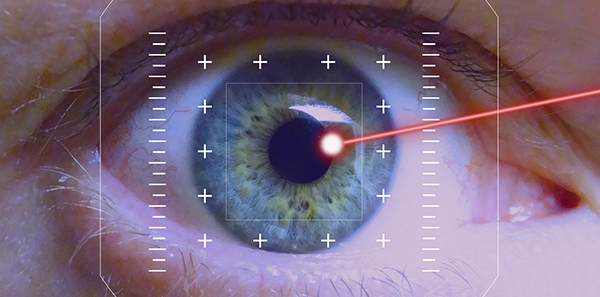
Acute and chronic respiratory conditions are a serious health problem and a leading cause of morbidity and mortality. In Western societies, respiratory diseases are among the main causes of death and one of the most frequent causes of hospital admissions. The most common respiratory diseases are asthma and chronic obstructive pulmonary disease (COPD), which include chronic bronchitis and emphysema.
Chronic Obstructive Pulmonary Disease
COPD is a condition that constricts the airways, thus allowing less air into and out of the lungs due to bronchitis or emphysema. The condition may be largely stable for several months and deterioration is generally slow, progressive and irreversible.
Chronic Bronchitis is clinically defined as excess production of sputum leading to a chronic cough for three months of the year, generally for at least two consecutive years.
Emphysema is a condition whereby the air sacs of the lungs (alveoli) at the end of the smallest airways (bronchioles) become enlarged, destroying the alveolar septae.
The most common cause of COPD is smoking. The age at which you start to smoke, number of packets/year and current consumption are all important factors. However, the disease does not become clinically significant in all smokers, with only 15% developing COPD.
Other important risk factors related to COPD include:
– Passive smoking. It is very important to keep children away from cigarette smoke. Lung function increases during childhood and adolescence. Acute respiratory conditions are more common in children who are passive smokers.
– Occupational disease. Workers exposed to dust or powder of mineral (in coal or gold mines, foundries) or vegetable (cereals, cotton) origin run a higher risk of suffering from chronic bronchitis. Exposure to dust in the workplace increases smokers’ risk of suffering from COPD.
– Environmental pollution. Its impact is not known, but it is certainly far less of a risk than smoking. Pollution and smoking combined have a detrimental effect on the airways.
COPD has an chronic inflammatory component that affects the airways, parenchyma and pulmonary circulation.
The functional abnormality that defines COPD is reduced peak expiratory flow due to anatomical changes to the bronchioles and increased resistance to airflow. Lung elasticity and gas exchange also decrease.
The first effect of tobacco is lung irritation, which mostly affects the large airways (bronchi), causing a cough and expectoration. The clinical symptom of this irritation is the hypersecretion from which almost all smokers suffer. A percentage of smokers also suffers from inflammation of the smallest airways (bronchioles) and destruction of the alveolar walls.
Lung function gradually deteriorates from 20-25 years of age. Non-smokers aged 75 years have usually lost a quarter of the lung function they had in their youth without clinical repercussions. A high percentage of smokers evolve similarly to non-smokers, however, there are also so-called ‘susceptible smokers’ whose lung function deteriorates significantly, usually around the age of 45-50 years. Giving up smoking halts the rapid decline in pulmonary function, but the damage done is not recoverable.
Most patients with symptomatic COPD have smoked more than 20 cigarettes a day for more than 20 years. Serious symptoms tend to appear from 50 years on.
Most of these patients have a morning cough which is exacerbated by secondary infections.
Dyspnoea (breathing difficulties) is sometimes the only symptom of patients with COPD. This is usually a progressive condition which sometimes interferes with work capacity.
The best way of treating COPD is prevention. The most important etiologic agent is smoking. Giving up smoking is the only “treatment” which has a positive effect on the natural history of COPD and which can prevent chronic respiratory failure. Stopping smoking is the best therapeutic measure to stop progression of the disease and increase life expectancy.
Dr. Juan Antonio Andreo Ramírez – ASSSA Medical Manager
The information published in this media neither substitutes nor complements in any way the direct supervision of a doctor, his diagnosis or the treatment that he may prescribe. It should also not be used for self-diagnosis.
The exclusive responsibility for the use of this service lies with the reader.
ASSSA advises you to always consult your doctor about any issue concerning your health.












